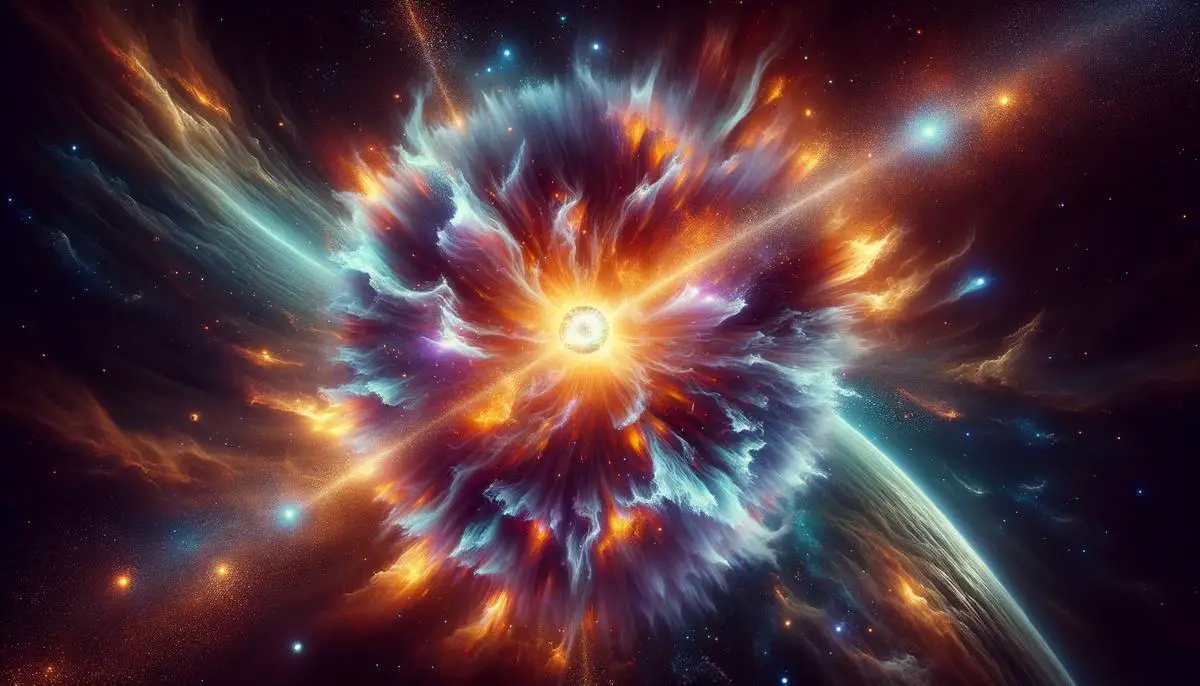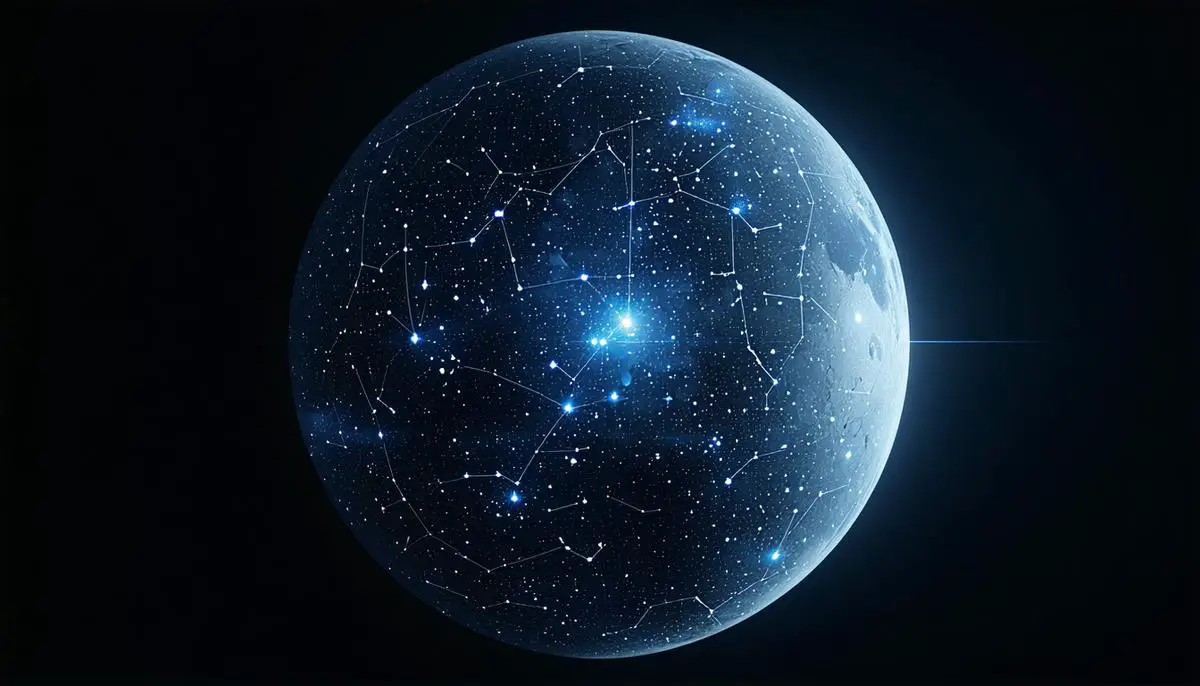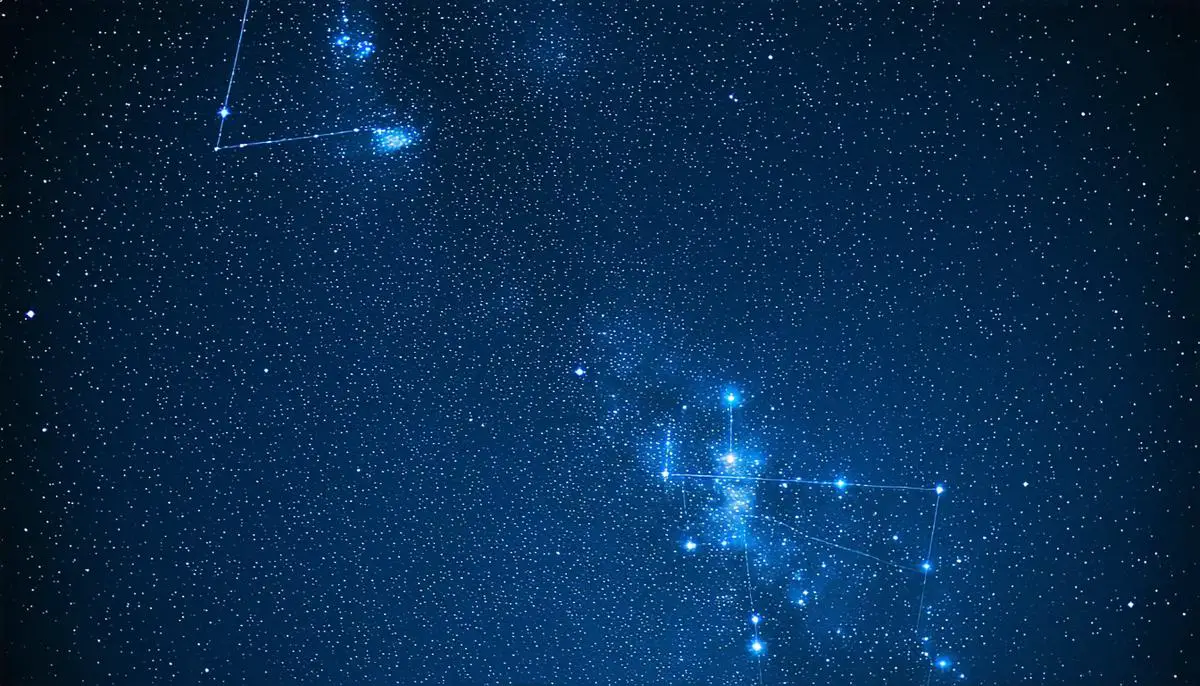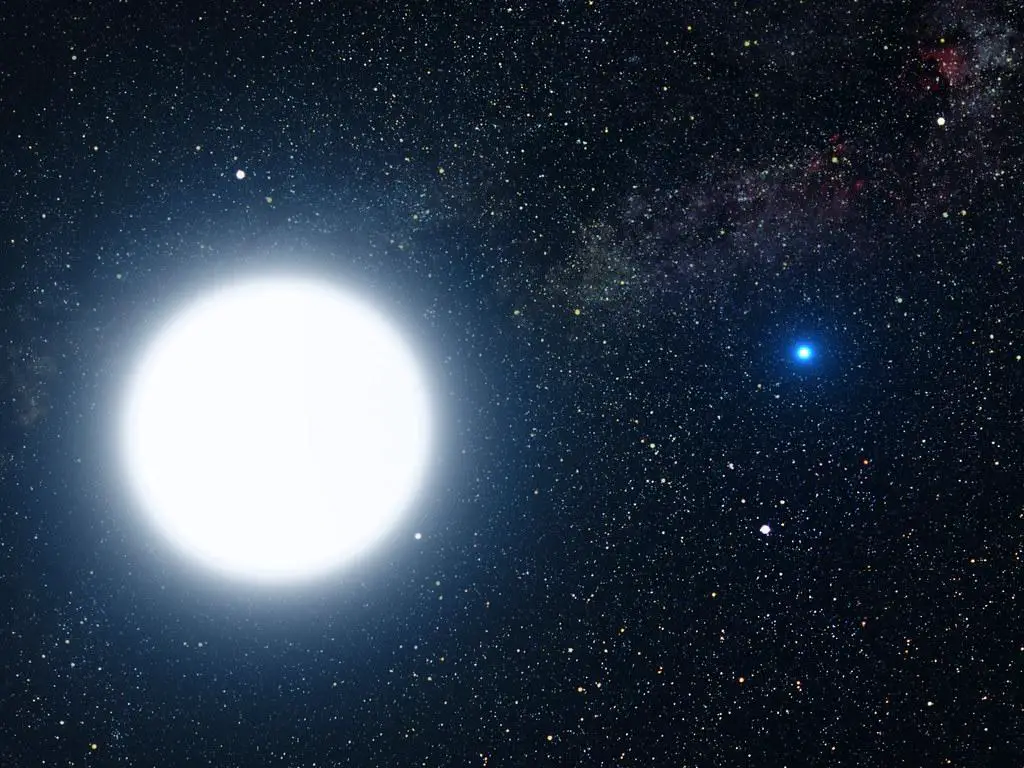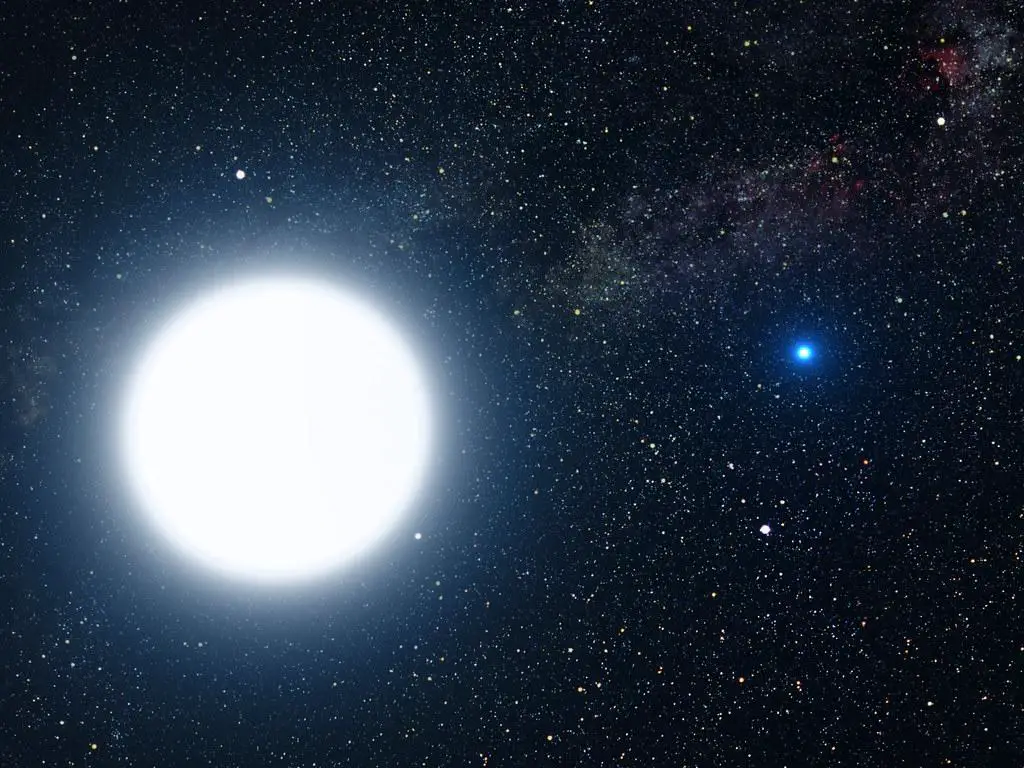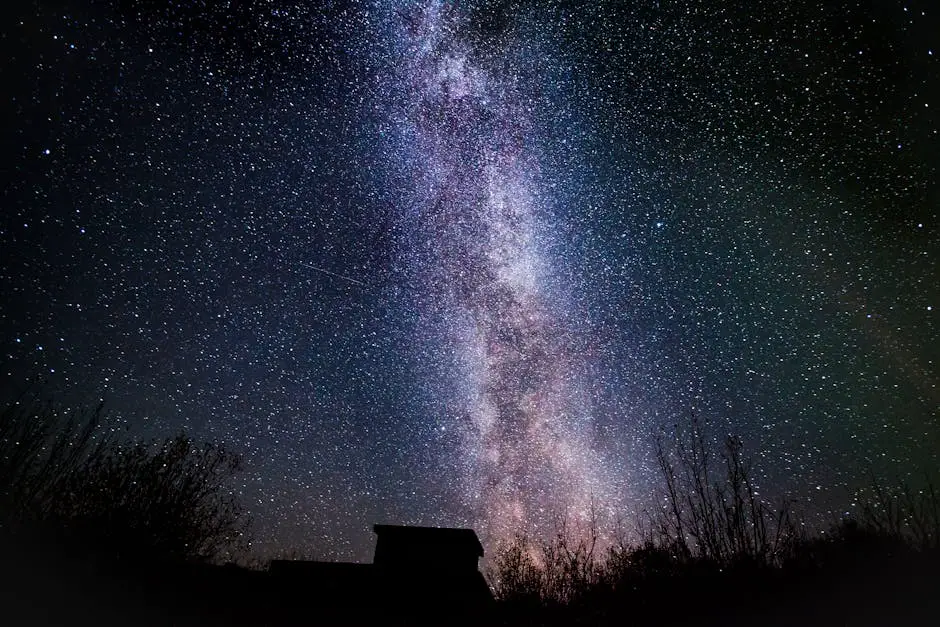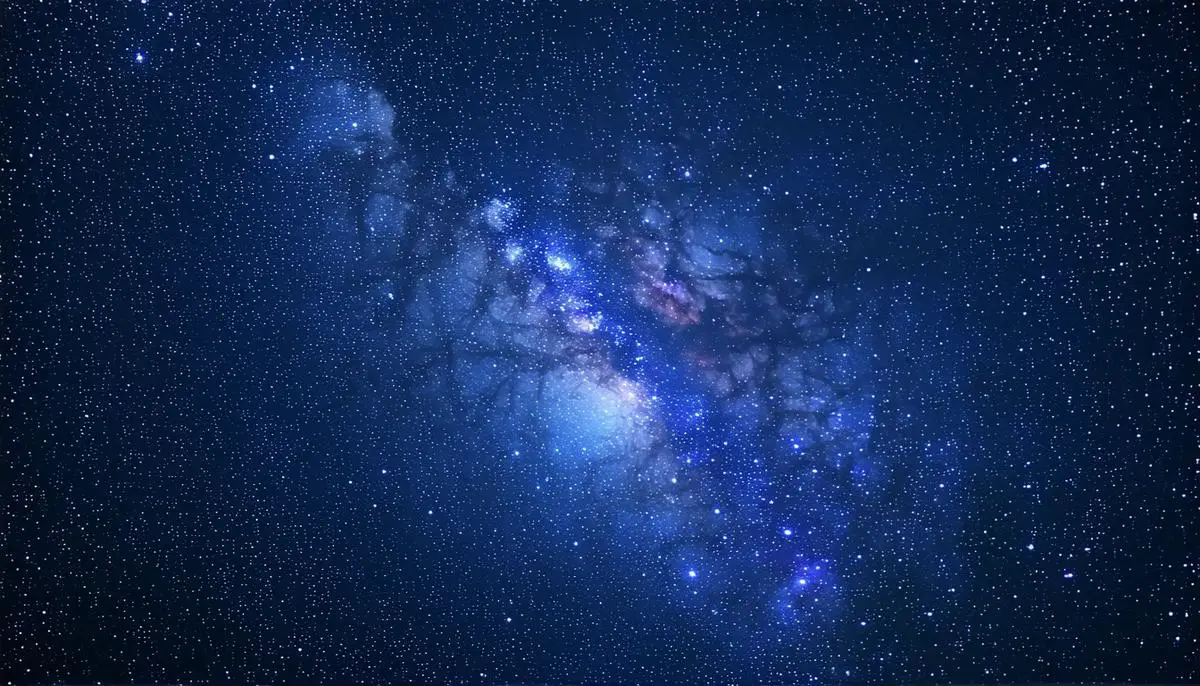Formation of Neutron Stars The life of a massive star culminates in a dramatic sequence of events. As it exhausts its hydrogen fuel, gravity initiates a series of collapses, creating heavier elements up to iron. When fusion ceases, the star's core implodes, triggering a supernova explosion. The resulting cosmic upheaval […]
![]()
